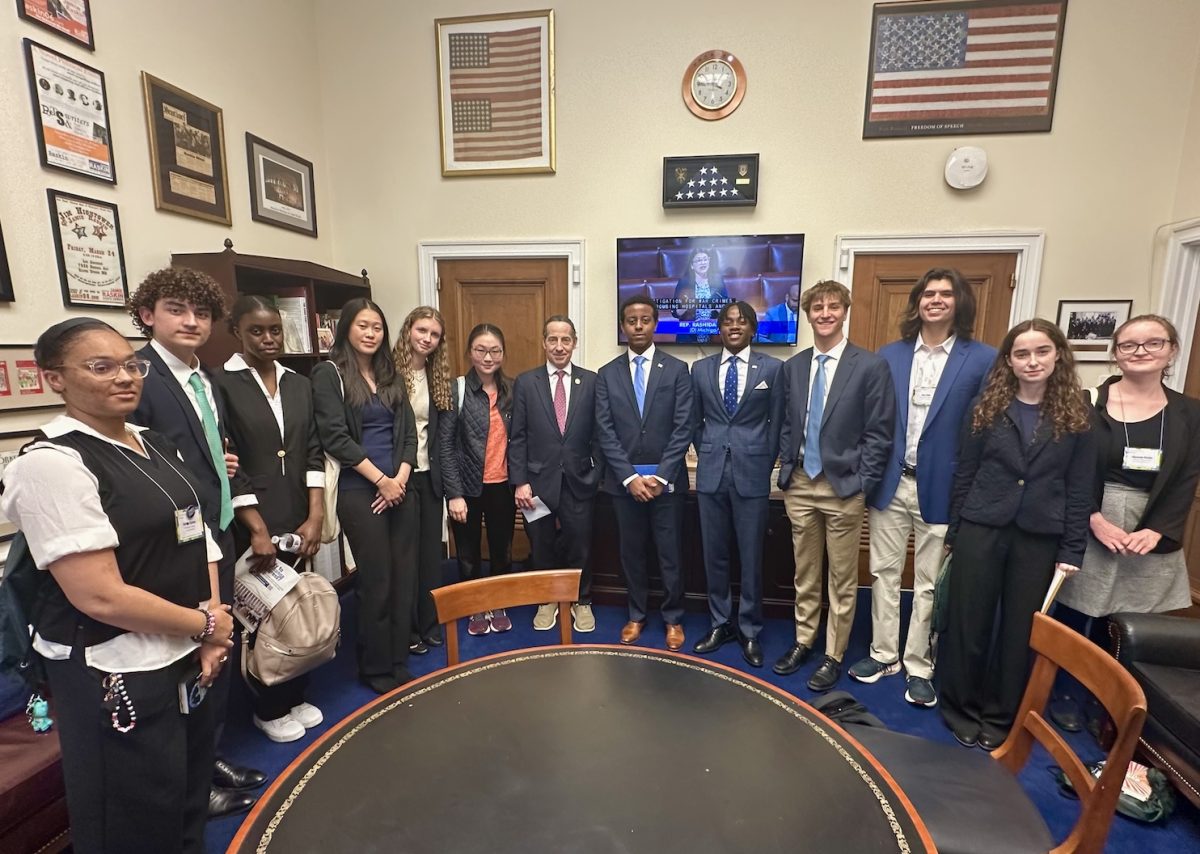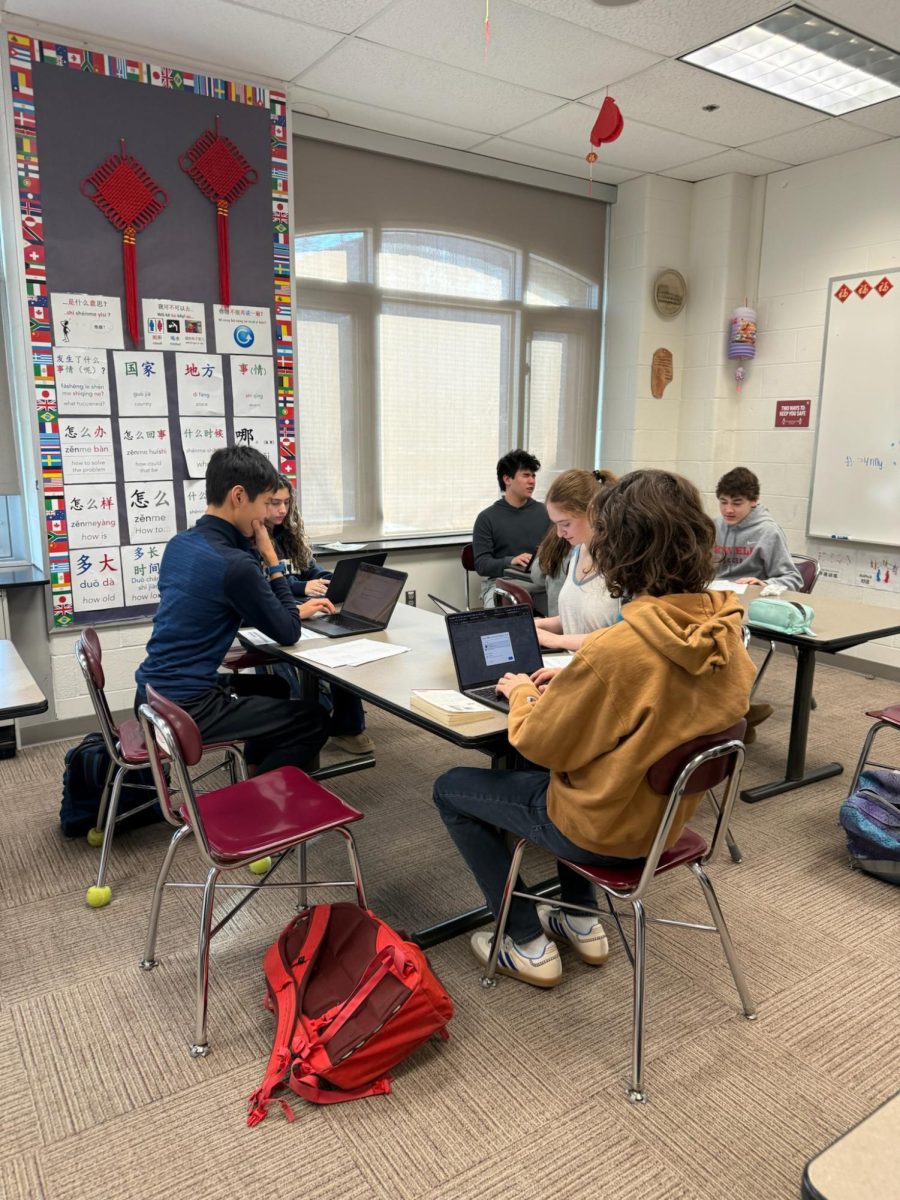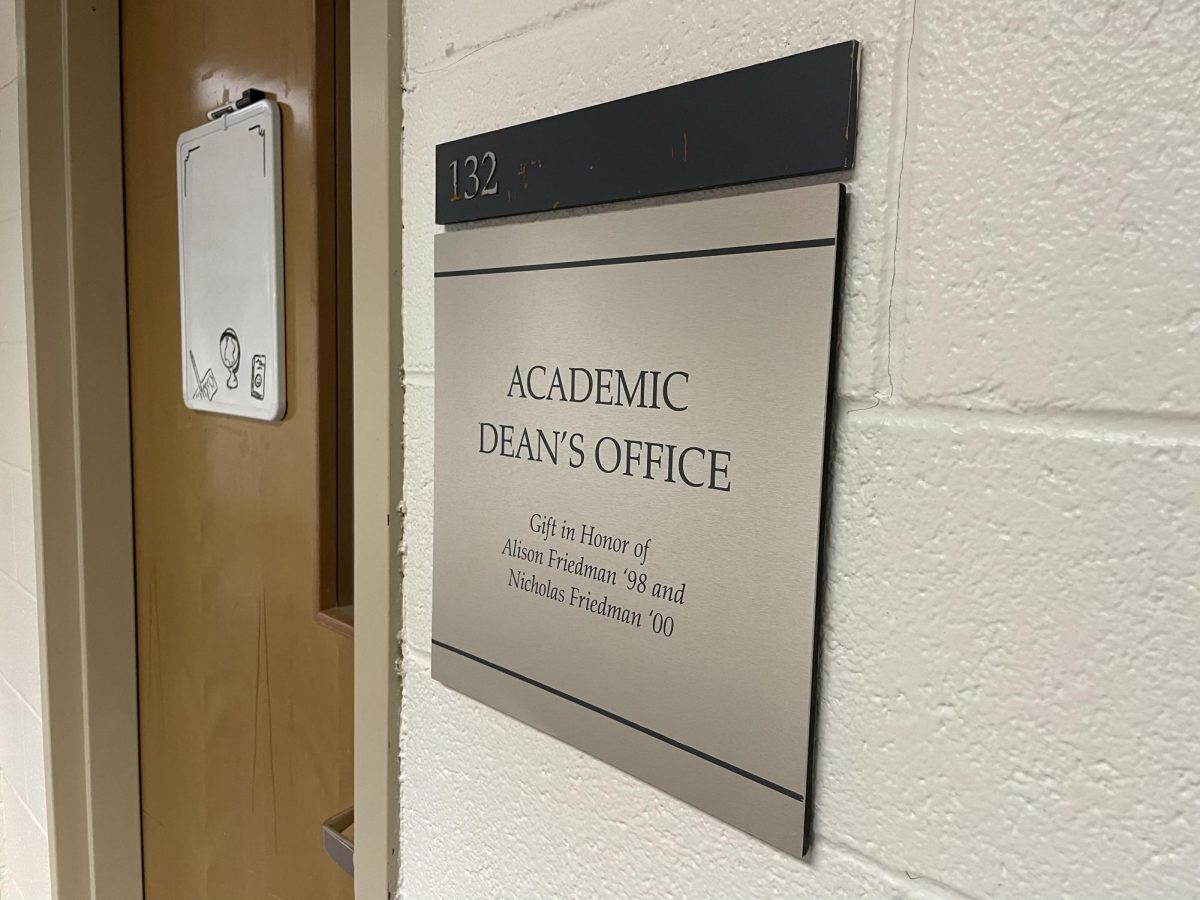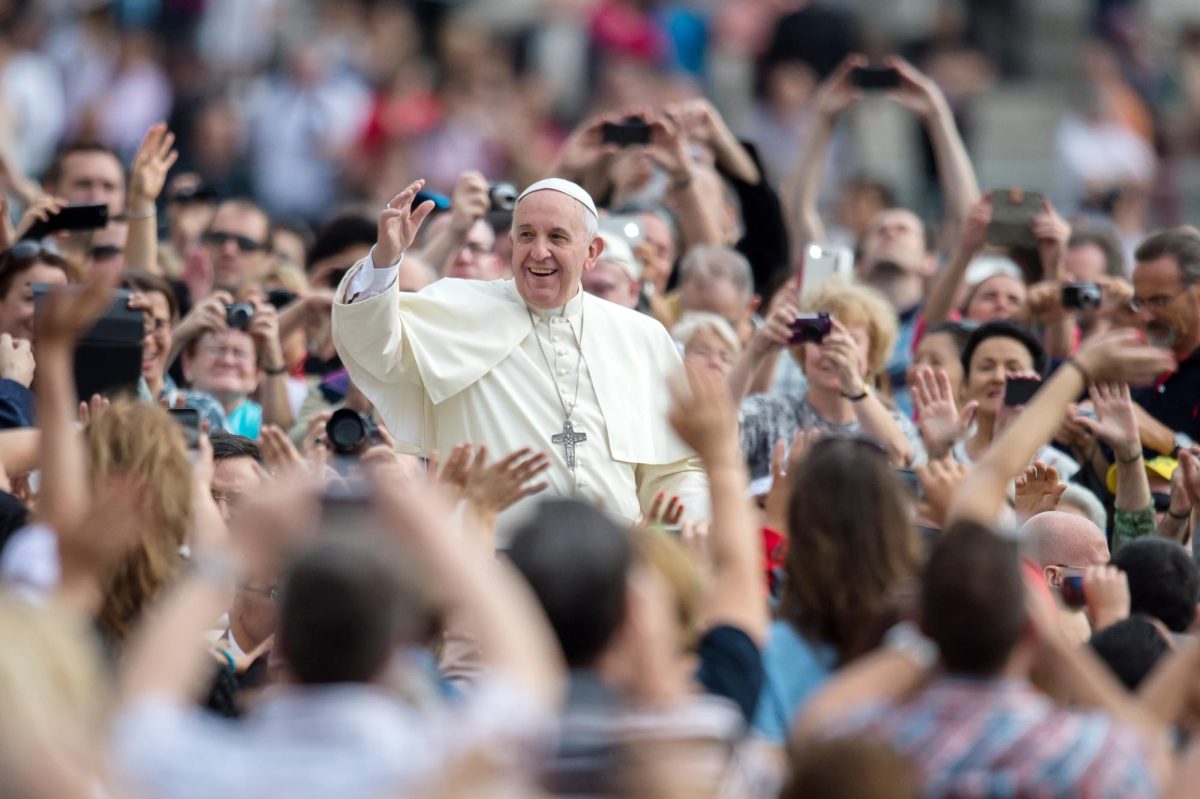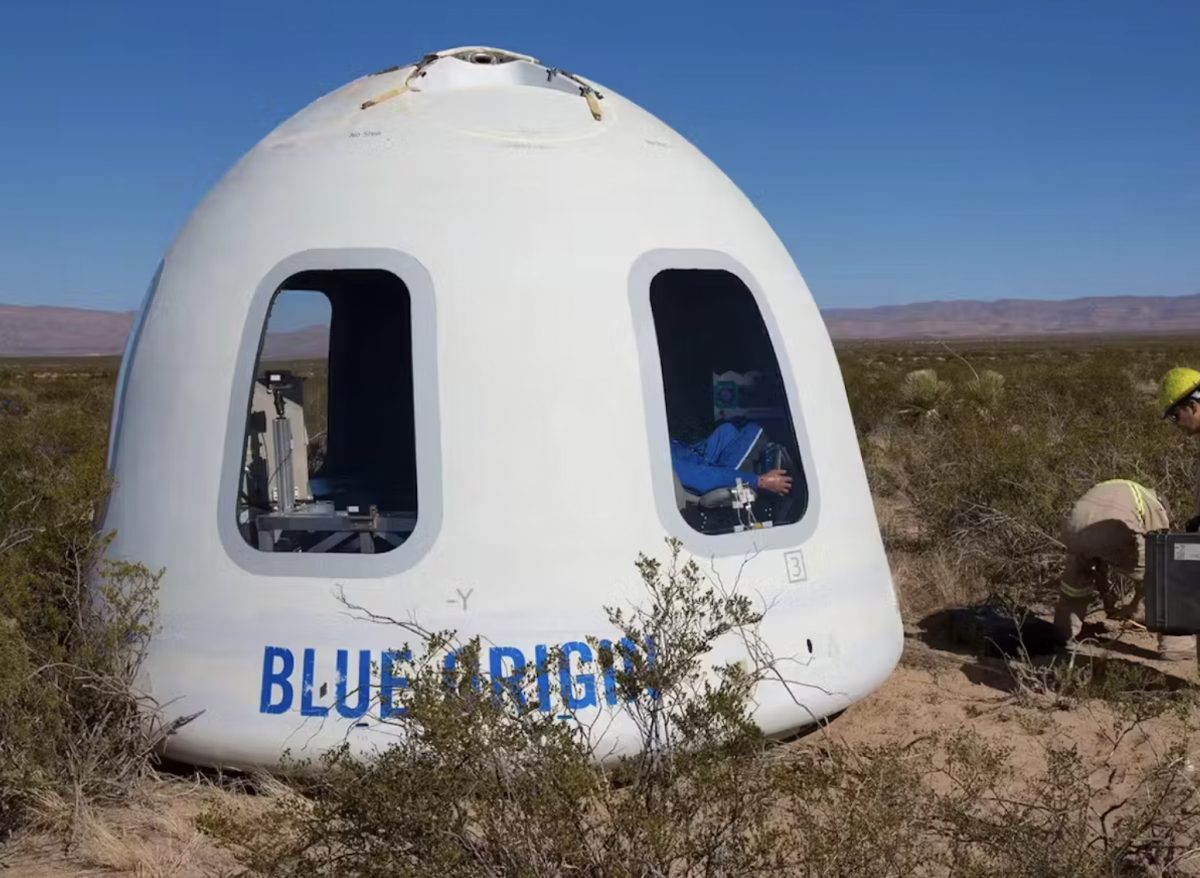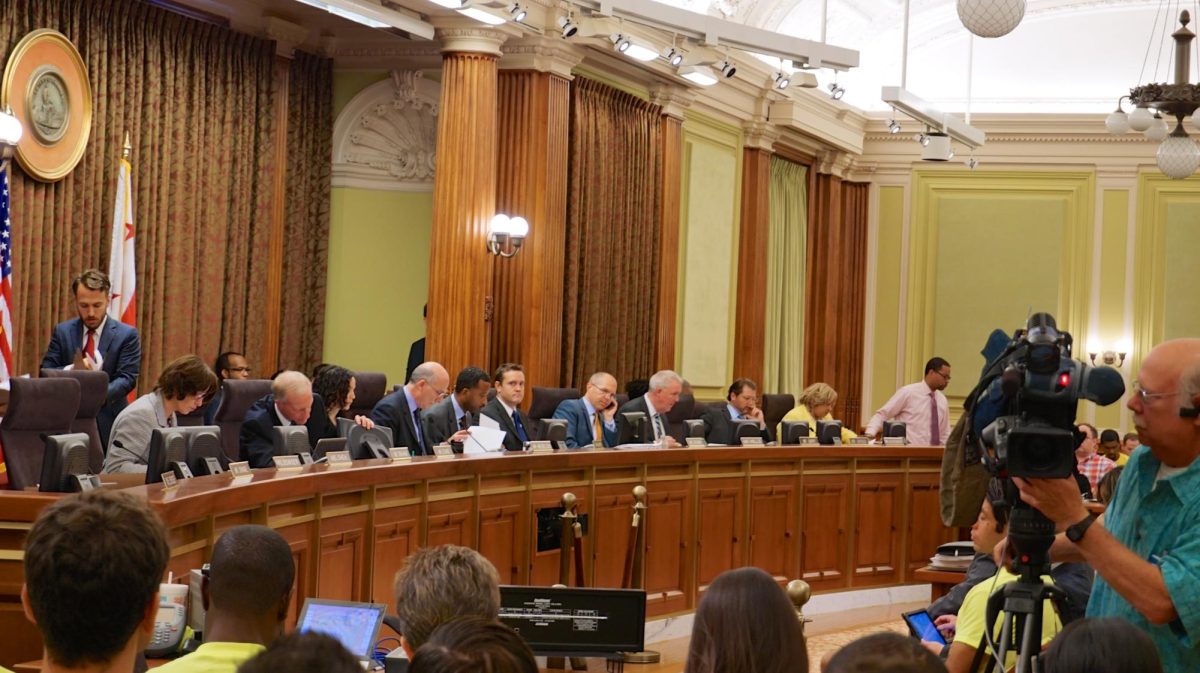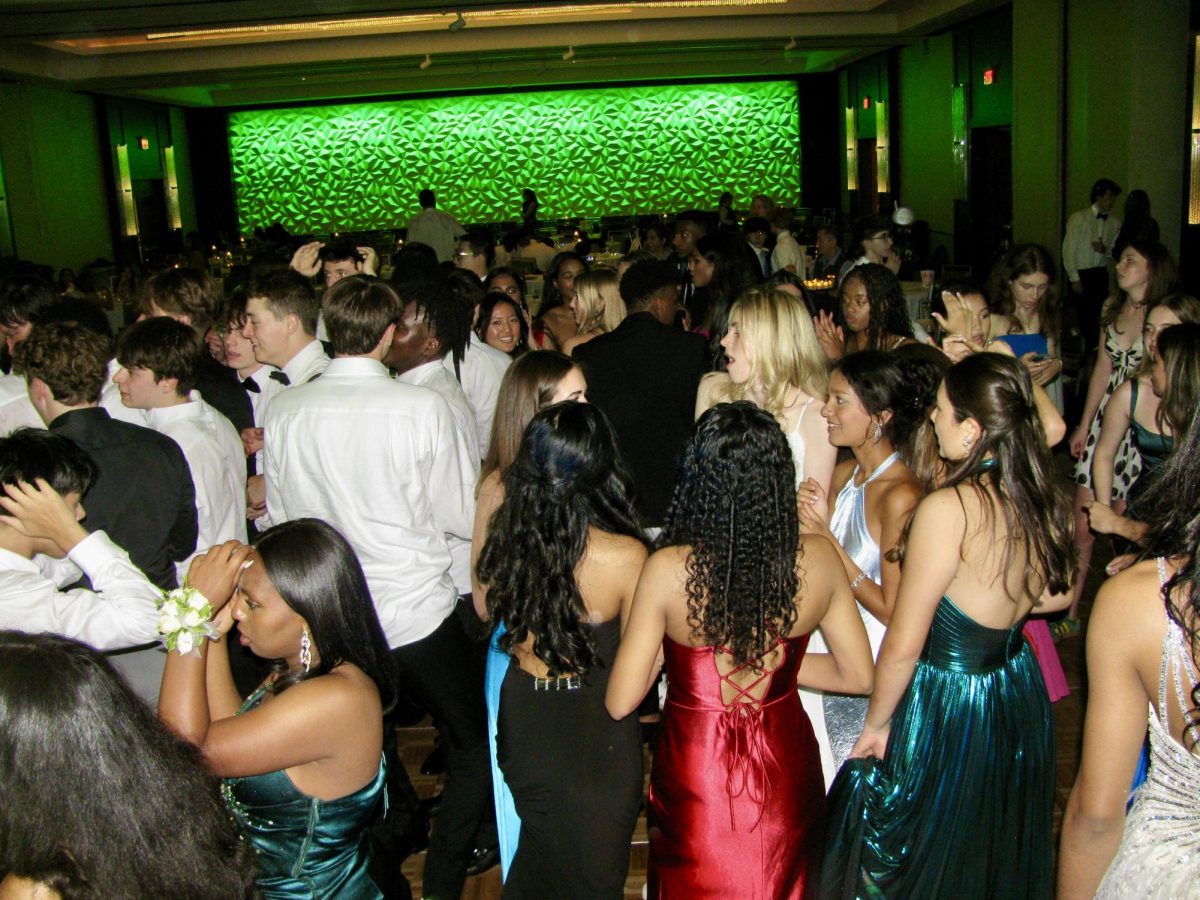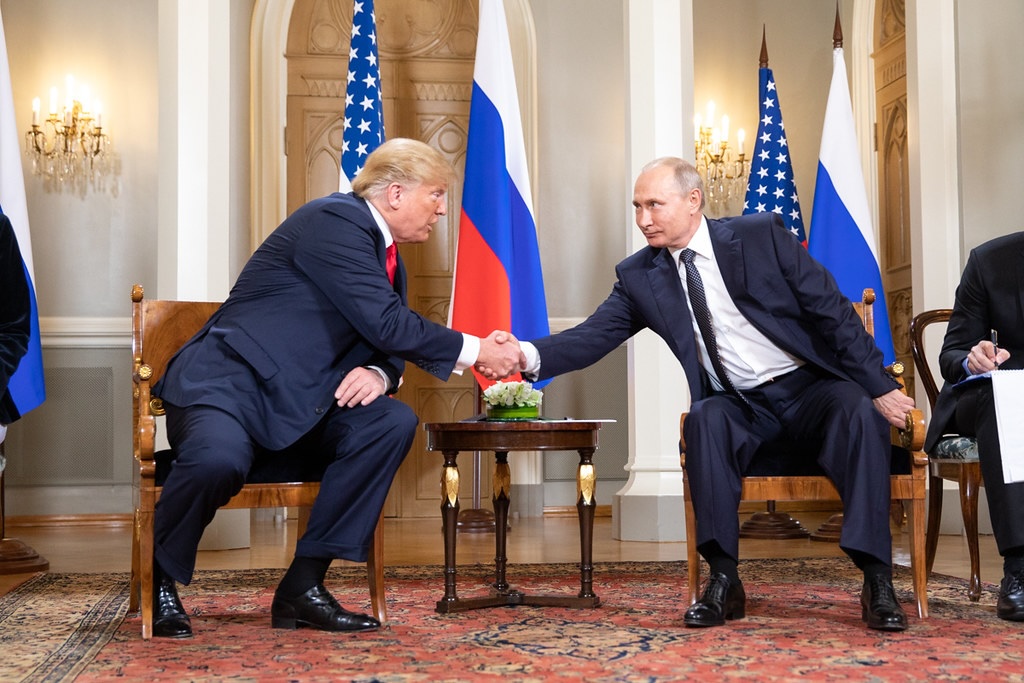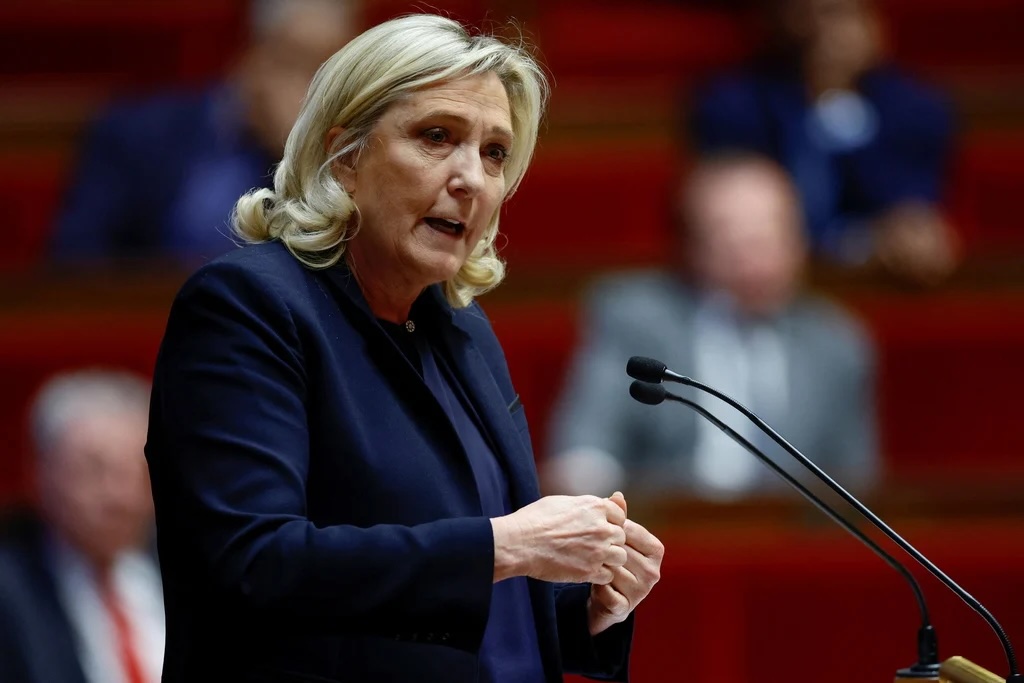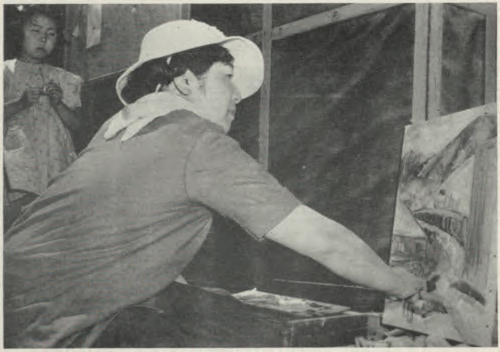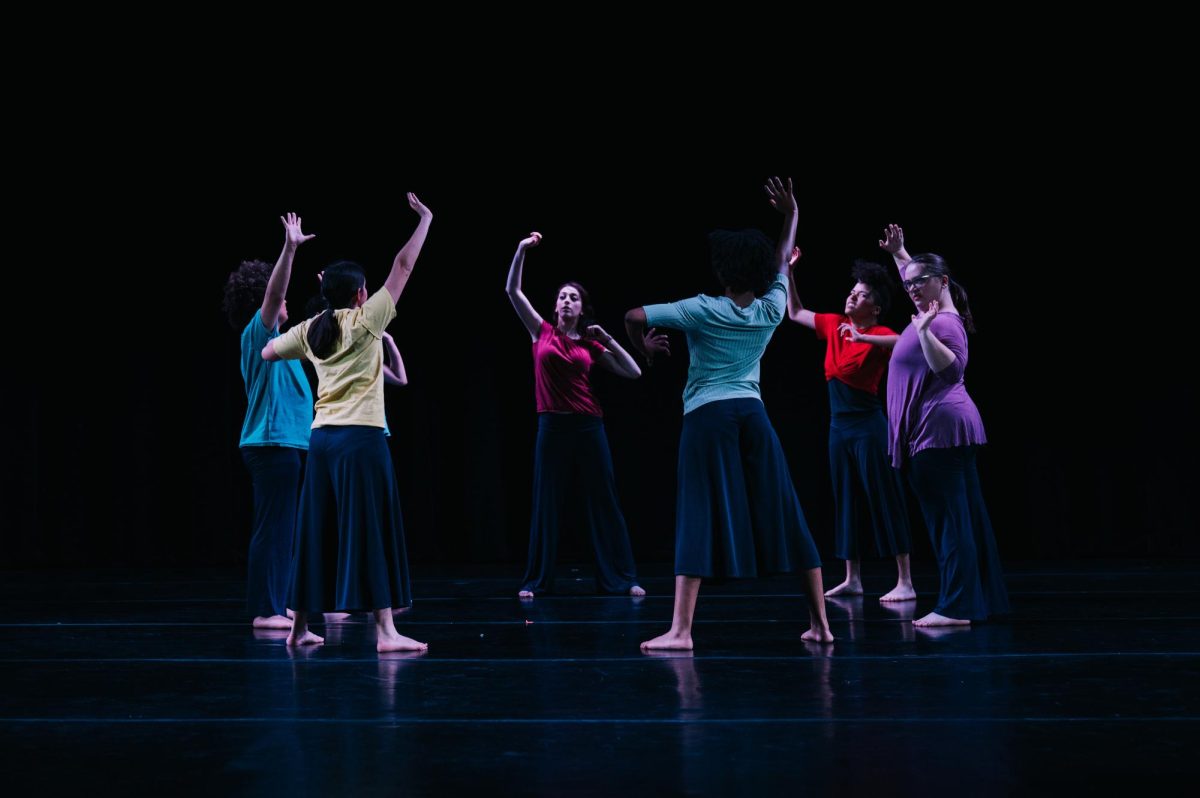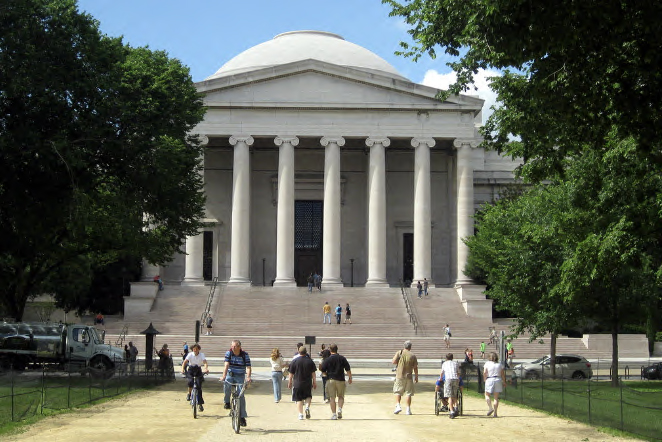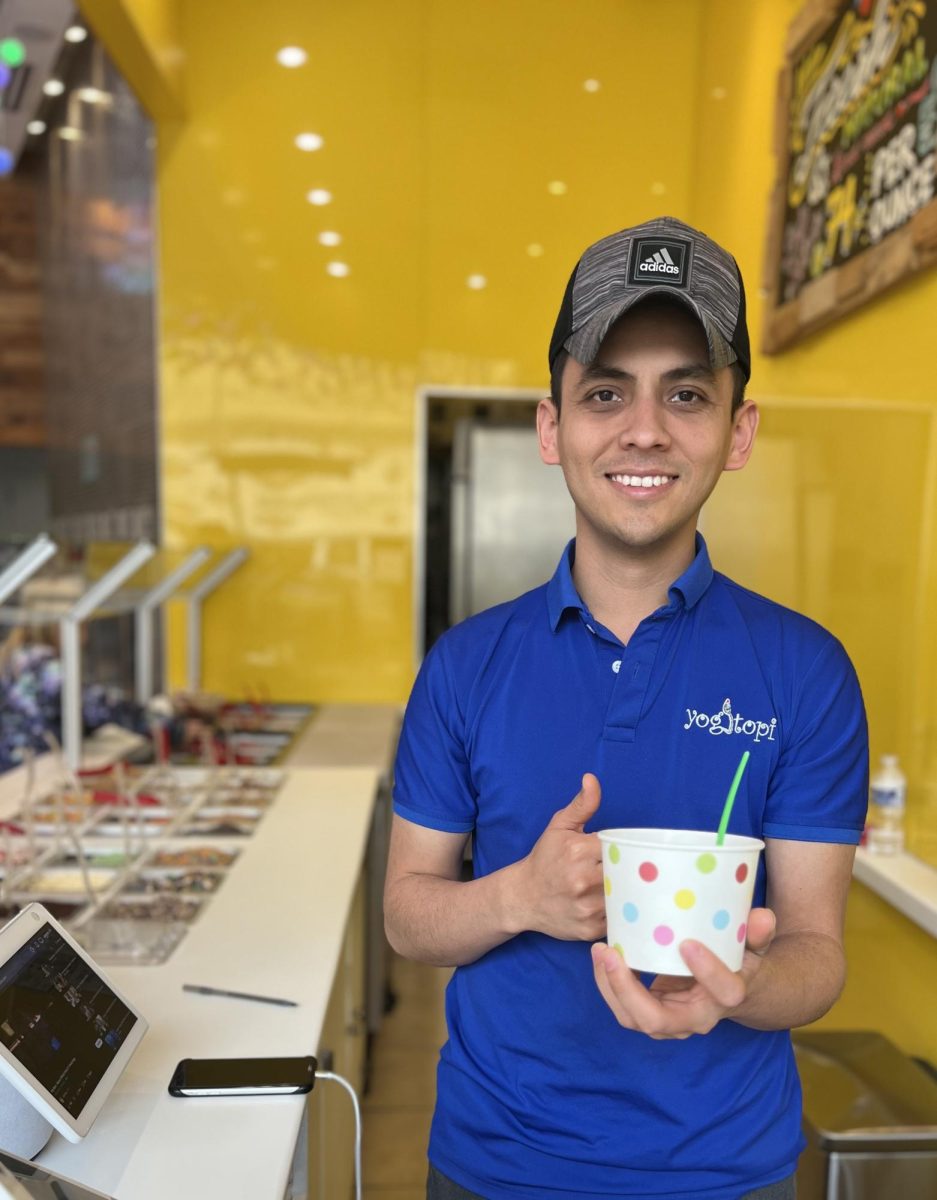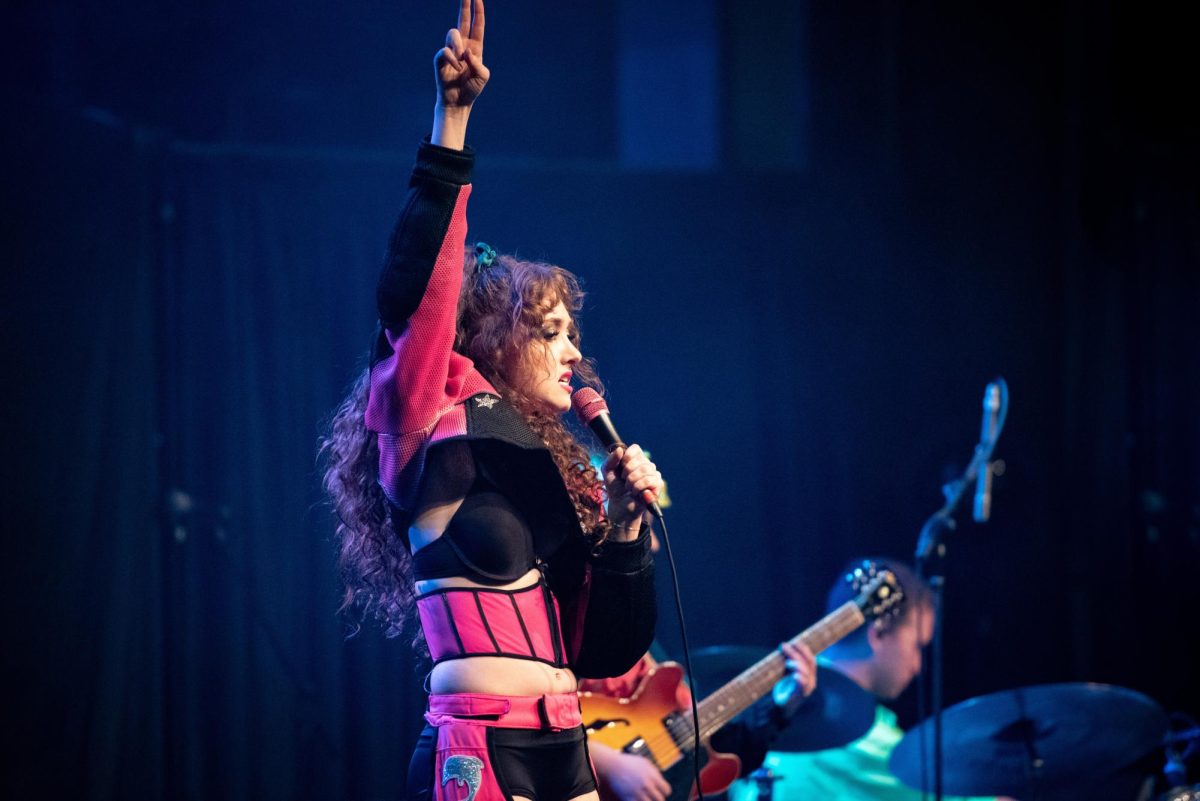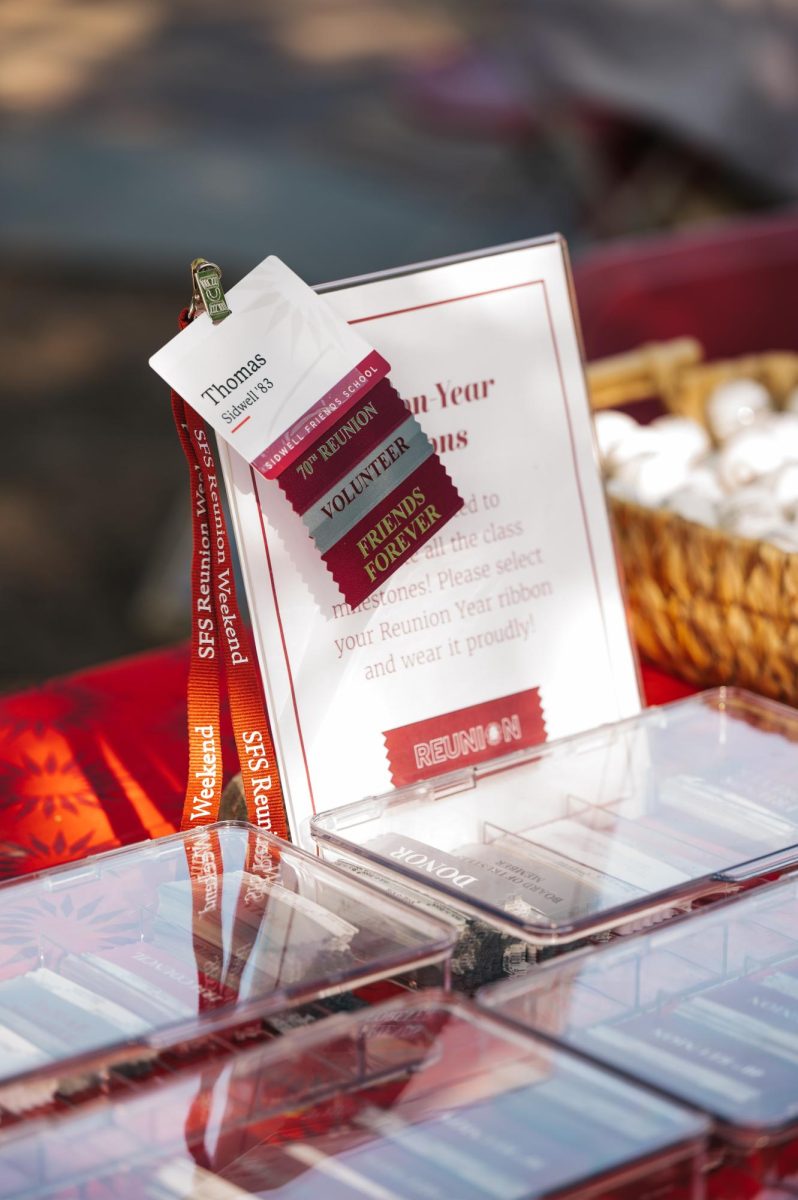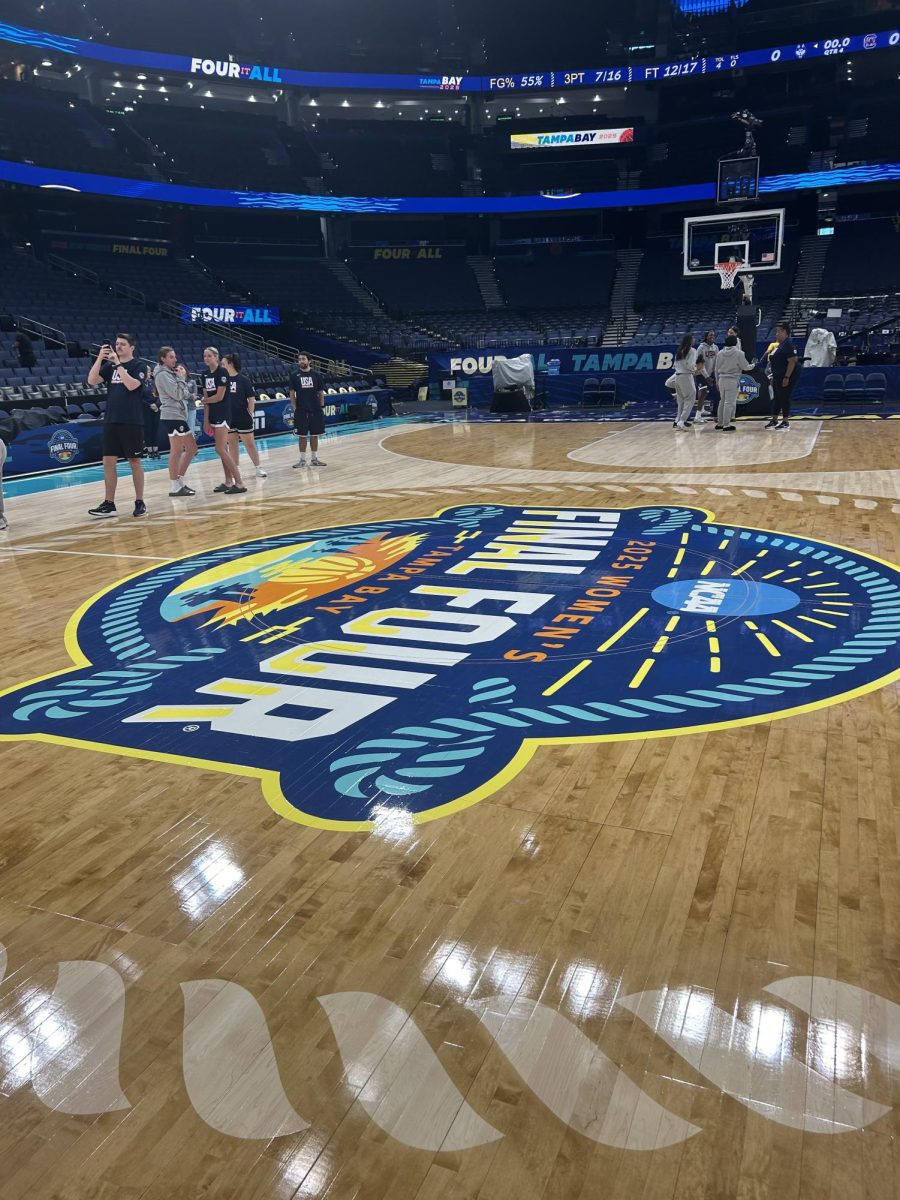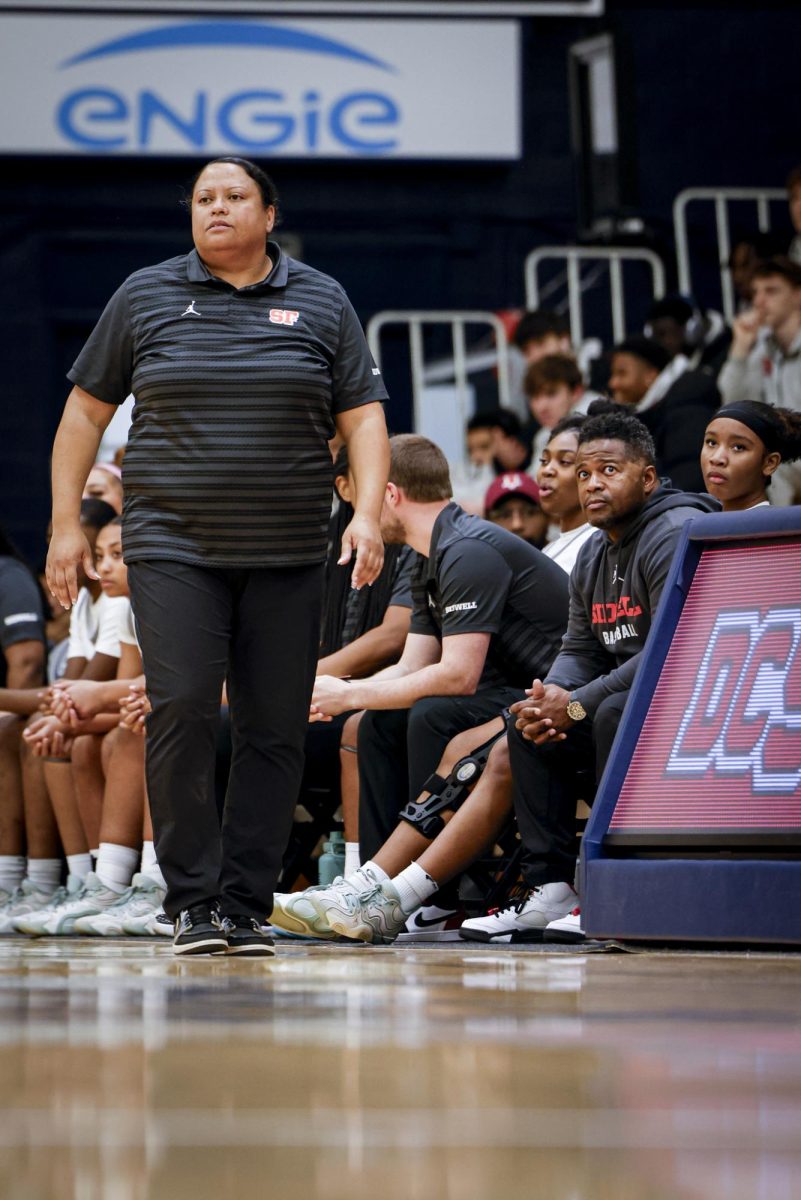Pope Francis died on April 21 at the age of 88 due to a cerebral stroke and heart failure, according to Vatican News. This concluded his 12-year term as the leader of the Catholic Church and as the Head of State of the Vatican City. As the news spread, churches worldwide rang their bells in honor of the man who changed the face of the modern Catholic Church, according to BBC News.
Pope Francis was born Jorge Mario Bergoglio on Dec. 17, 1936, to a family of Italian immigrants in Buenos Aires. He was elected as the 266th pope on March 13, 2013, following the resignation of Pope Benedict XVI. He was the first pope from the Americas, the first Jesuit pope and the first to adopt the name “Francis.” According to BBC News, his papal name was a tribute to Saint Francis of Assisi, a thirteenth-century Italian saint celebrated for his devotion to helping those in poverty.
Pope Francis chose to live in a modest room in the Vatican guest house, in contrast to the traditional papal residence. According to BBC News, he refused to wear the traditional red papal regalia, instead donning simple white robes. He drove a Ford Focus or a 1984 Renault 4 instead of the famous “pope-mobile,” and auctioned a gifted custom Lamborghini to charity.
Before becoming pope, Pope Francis served as the Archbishop of Buenos Aires, the Provincial Superior of the Jesuits in Argentina and a Cardinal. Residents of Buenos Aires reported seeing him walking through the city’s most impoverished neighborhoods, engaging directly with those in need.
According to BBC News, the public viewed him as an advocate for the protection of human rights in the face of poverty, corruption and economic inequalities. Known as an outspoken pope on social and political issues, he wrote the first-ever papal encyclical on the threats of climate change in 2015, and recently penned essays on the threats that AI poses.
During his time as Pope, he repeatedly called for peace and the welcoming of refugees in the face of wars in Syria, Ukraine and Gaza, according to BBC News. In what AP News called “a radical shift in policy,” he approved letting Catholic priests bless same-sex couples in an effort to open the Catholic Church to LGBTQ individuals.
Following his death, the Vatican entered a period of mourning. The College of Cardinals gathered for the papal conclave on May 7, marking the beginning of the formal selection process of the 267th pope. The cardinals, totaling 133 electors under the age of 80, convened in the Sistine Chapel for two days before announcing the election of the American Cardinal Robert Prevost as the 267th pope.
Born in Chicago, Prevost, 69, took the name Pope Leo XIV. According to Vatican News, the papal name Leo was inspired by Pope Leo XIII, who developed new Catholic social thinking during the Second Industrial Revolution. Leo is the first pope from North America, the first from the Order of Saint Augustine and the first to hold Peruvian citizenship.
He previously served as the Prefect for the Dicastery for Bishops, overseeing the appointment of new Cardinals. According to Reuters, he spent most of his missionary career in Peru, serving as the Bishop of Chiclayo, where he became known for his fluent Spanish and engagement with marginalized communities.
Vatican News reported that in his first address from the balcony of St. Peter’s Basilica, Pope Leo XIV emphasized healing, dialogue and humility, greeting the crowd with the statement, “Peace be with all of you.”
According to AP News, Pope Leo XIV’s background in both governance and mission work positions him well to navigate the complex social and political challenges facing the Catholic Church today.
